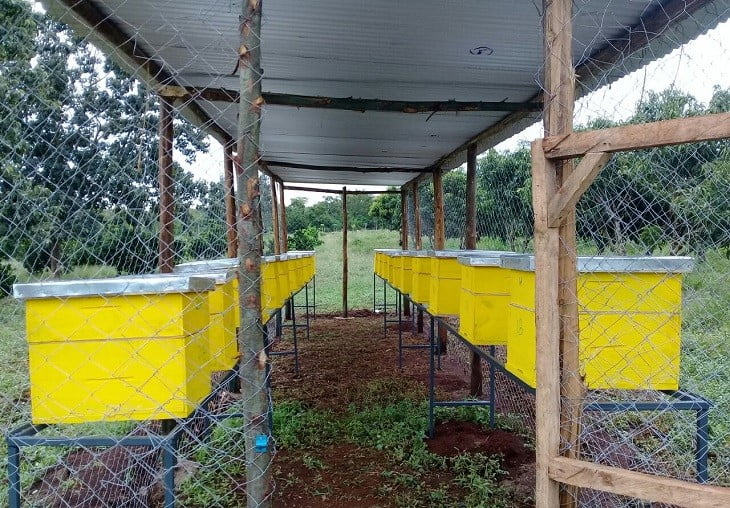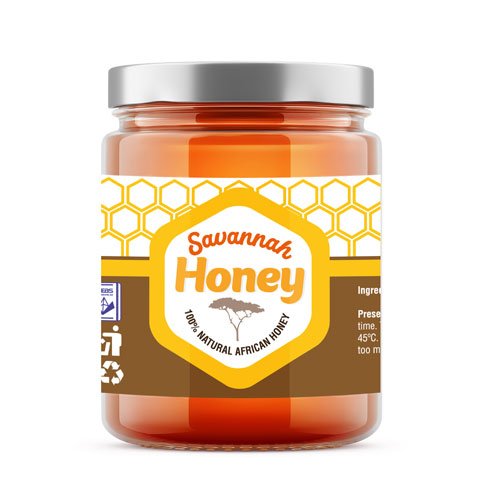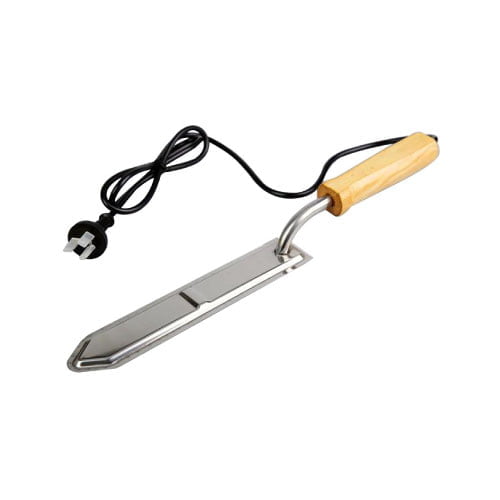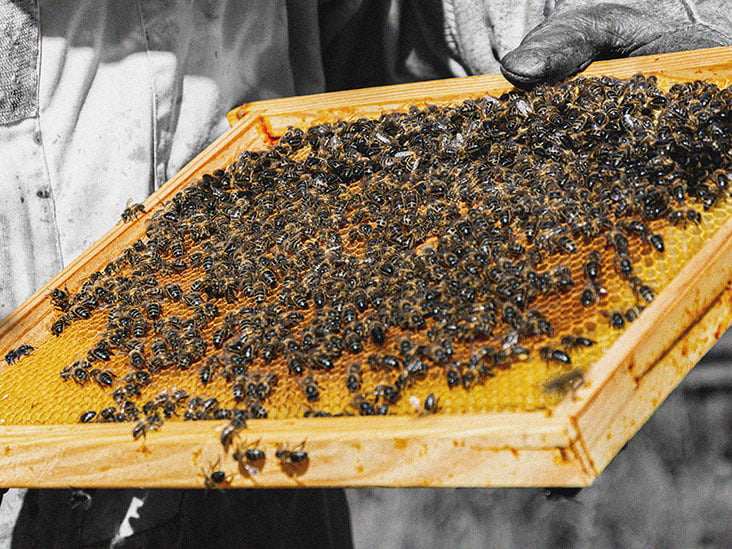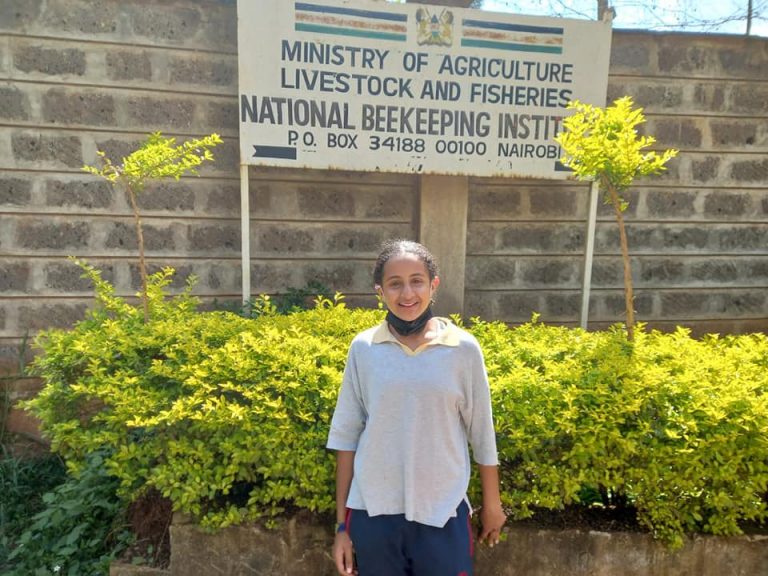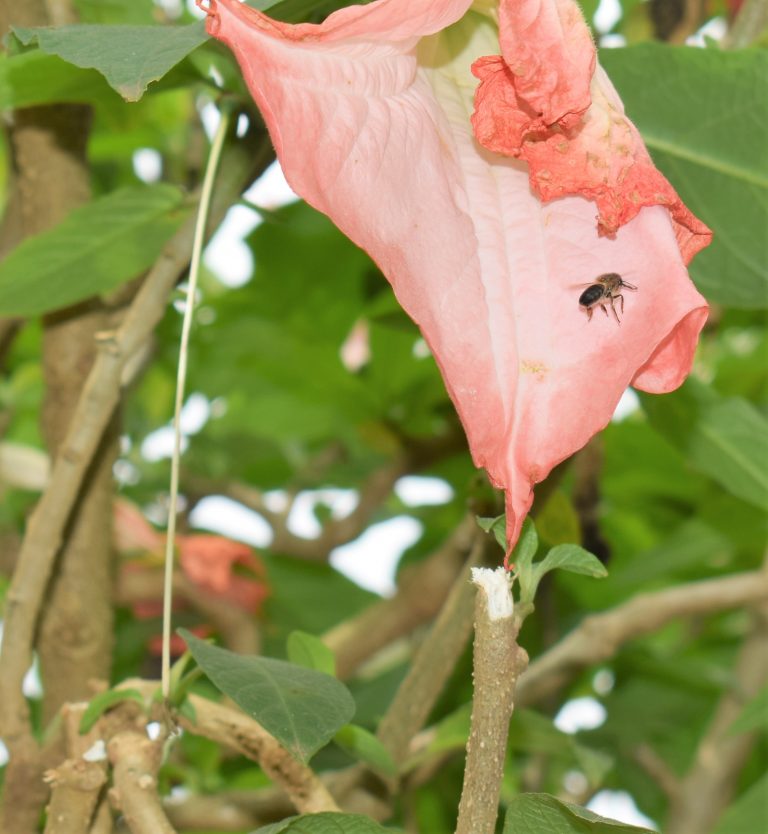Beekeeping has evolved over the years. From restricting them to forests and far away places to living with them in the same compound, a lot has changed in modern beekeeping.
Beehives have also changed with the traditional beehive being replaced by new models some customized to meet particular needs. For now, let us focus on the Langstroth beehive.
Langstroth beehives are synonymous with beekeeping, and their popularity, as well as effectiveness, has tasted the test of time and tops the list as a must-have for your beekeeping.
But what makes Langstroth beehives so unique? First, research by FAO indicates that bees nesting in surrounded environments like beehives produce more honey than those that nest openly, as in fields, naturally.
Langstroth beehives are designed to ensure that little or no harm is inflicted on bees during the harvesting process, ensuring the sustainability of honey production by eliminating the need for further hive colonisation. Similarly, Langstroth beehives are good for the environment, since they are easy to work with—the bees enjoy a well-engineered structure against intrusion by rodents and pests like mice and ants.

Modern Langstroth Hive Parts
- Outer Cover – An aluminium cover is the most common. The cover extends over the corners of the top of the hive. It provides excellent weather protection, especially in a cold climate. The other option is a migratory lid. A migratory lid is typically made from a piece of wood and lays flat on top of the hive. It is cheaper and provides less protection.
- Optional Inner Cover – If your bees produce a lot of propolis, having an inner cover will make it easier to take off the outer cover. Additionally, if you live in an area with a severe cold season, an inner cover will also help to provide more insulation without condensation.
- Honey Supers – Ten frames are set inside the honey supers, and the bees will produce honey here. Most beekeepers use medium or shallow supers.
- Queen Excluder – If you want to ensure that your queen doesn’t lay eggs in the honey, you will want to use a screened queen excluder. This restricts her movement throughout the hive, keeping her in the lower boxes.
However, if you use an excluder, you must check it often. Drones can easily become stuck when moving from the brood box to the hive body.
- Brooder –Here, you will find eggs, larvae, and pupae. Some cells also hold nectar, pollen, and honey to feed the young bees.
- Optional Entrance Reducer – This piece can help to protect a weak colony from being attacked or robbed. In a cold season, it also helps to keep the hive insulated. It would be best if you did not use an entrance reducer during the hot season because it can cause the hive to become too warm.
- Bottom Board – This part of the hive is the foundation of everything. There are two types of bottom boards. A screened bottom board is ideal for hot climates and might also reduce varroa mites. A solid bottom board is ideal for cold temperatures. It keeps the hive warmer and reduces moisture.
- Hive Stand – Your hive should be approximately 18 inches off the ground. Not only does this height make it easier for the beekeeper, but it also protects the bees from ground predators and decreases humidity in the hive.
Some companies have also specialized in making beehives going the extra step to maximize honey production and the safety of bees.
Mr. Kyalo Maveke the CEO of Savannah Honey says they make their Langstroth hives to fit the needs of the modern beekeeper. “Since the Langstroth beehives already have a wax coating, they make the process of hive colonization easy, since the creation of honeycombs has been facilitated. The internal structure of the hive particularly how the frames are designed mimics nature helping in comb-making. As a beekeeper, you get to work with a compact space that can be tiled high, enabling you to have more bees in a single hive,” says Maveke.
He adds that their Langstroth hives are fitted with treated comb starters for attracting bees and also for helping the bees to build combs diagonally. They also make their Langstroth hives using treated pine to make them long-lasting.
“Our Langstroth hives help you to harvest your honey without killing the queen because of the queen excluder thus no absconding. You can also harvest without destroying the combs by the use of the honey extractor, therefore, no waste of time in making new combs. One can harvest 3-5 times a year leading to high yields of honey,” he adds.
You can contact Savannah Honey Limited on – 0724052975, 0721965337, info@savannahhoney.co.ke ,www.savannahhoney.org


